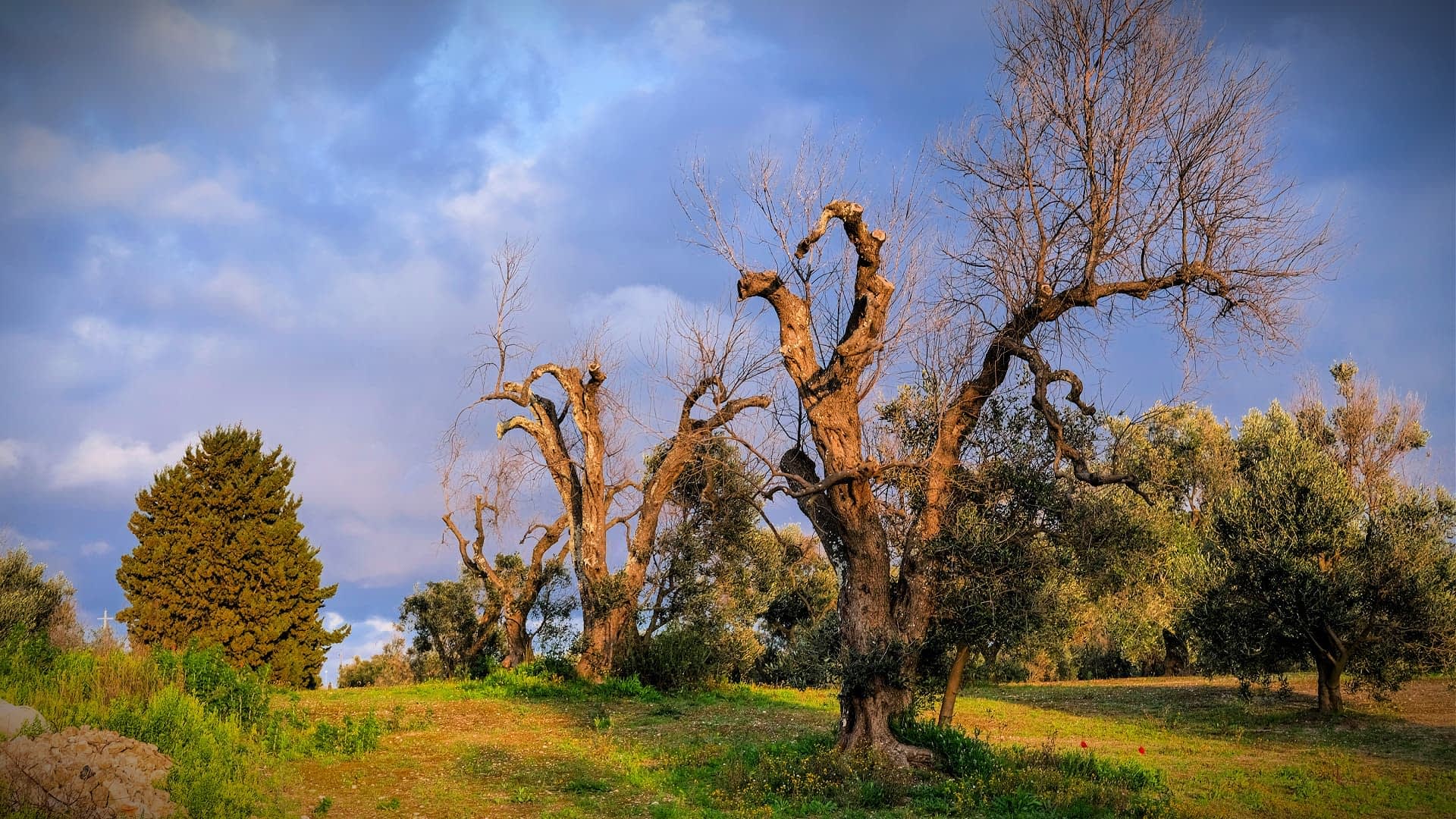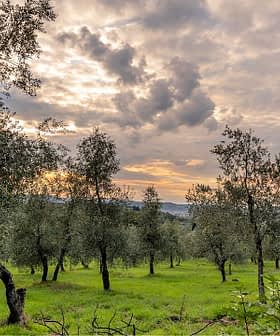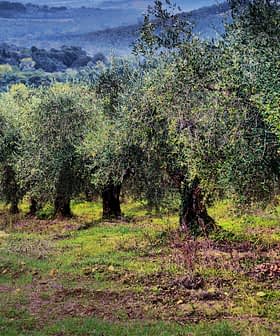New Xylella Infections Found in Northern Puglia

An olive tree infected with Xylella fastidiosa has been discovered in Minervino Murge, a region previously thought to be free of the bacterium, leading to concerns about the spread of the disease in Italy’s important olive-producing area. Local authorities are implementing prevention protocols to contain the spread of the disease, but there are calls for more resources and research to find a definitive solution to stop the bacterium and protect the olive oil industry in Apulia.
An olive tree located north of Bari, in an area previously thought to be free of Xylella fastidiosa, has been found infected with the bacterium.
Xylella monitoring operations conducted across the Puglia region allowed local researchers to identify an early infection, described as a “point-source outbreak.”
A point source outbreak is when an infected tree is the only one showing signs of infection among hundreds of trees tested in the area.
The fear we had long expressed has unfortunately become a tragic reality. The deadly Xylella fastidiosa bacterium has reached the province of Barletta-Andria-Trani. It was at the gates of Bari, and now it’s here with us.
Local institutions confirmed that the bacterium found in Minervino Murge belongs to Xylella fastidiosa subspecies pauca, the same strain that has affected millions of Apulian trees for over a decade.
According to local authorities, the most probable cause of infection is the spittlebug, an insect considered the vector of the bacterium. Once infected with Xylella, the insect remains infective for the rest of its life.
The discovery has alarmed the local community, as the Bari province is at the heart of Italy’s most important olive-producing area.
See Also:Revitalizing Salento — Entrepreneurs Fight Xylella with New IdeasIt has been reported that the broad implementation of mandatory prevention protocols to contain the spittlebug population has considerably slowed down the bacterium.
Still, Xylella fastidiosa pauca continues heading north. Over the past decade, it has advanced approximately 250 kilometers, from the first sites where Xylella was identified to the latest infection in Minervino.
“The fear we had long expressed has unfortunately become a tragic reality. The deadly Xylella fastidiosa bacterium has reached the province of Barletta-Andria-Trani. It was at the gates of Bari, and now it’s here with us,” Gaetano Riglietti, secretary-general of the agricultural workers’ union Flai-Cgil, wrote in a statement.
While the spittlebug is known to move only short distances on its own, it is often attracted to cars and trucks; clinging to them might allow it to carry Xylella over longer distances.
Current European Union and local regulations mandate that the infected tree be removed and that an infected zone be declared within a 50-meter radius.
Before the tree is removed, the entire 50-meter area is sprayed to eradicate any potential vector insects.
Within this zone, all plants susceptible to Xylella infection are sampled. Within a 400-meter radius, extensive sampling of olive trees and other potential hosts is also conducted.
Additionally, a buffer zone, an area where special containment protocols apply, now extends 2.5 kilometers from the point of infection.
“Minervino Murge must be included among the municipalities of the Bari, Taranto and Brindisi provinces where mandatory agricultural practices must be carried out, including plowing, tilling, harrowing or shredding to reduce the population of the spittlebug,” noted the farming association Coldiretti.
In its statement, Coldiretti emphasized that mechanical and phytosanitary prevention practices, visual and insect monitoring, plant sampling and the removal of infected olive trees, along with new tools for early detection of outbreaks, are the only ways to slow the spread of the infection, since there is still no cure for this bacterial disease.
According to another farming association, CIA Puglia, current prevention measures and anti-Xylella actions are not sufficient.
“We urgently need the government to appoint a special commissioner capable of driving a real breakthrough in the plan for containment and regeneration,” wrote Gennaro Sicolo, president of CIA Puglia and national vice president of CIA Agricoltori Italiani, in a statement sent to the press.
According to Sicolo, it is time for “extraordinary resources and powers.”
“In the interest of Apulian farmers, the Puglia region and the government must work together to secure the necessary attention and resources from the European Union to fund scientific research that will finally lead to a definitive solution to stop the bacterium,” Sicolo said.
He warned that, if left unchecked, the northward spread of the bacterium could threaten the entire Apulian olive oil industry, with consequences for employment, production and even social stability.
“As a trade union organization, we are deeply concerned about the potential consequences for employment, because even limited cases like this, though hopefully isolated, still create alarm,” Riglietti said.
“Beyond that, olive growing is not only our territorial vocation; it is also a defining feature of our landscape, history and the very culture of this part of Puglia,” he concluded.







